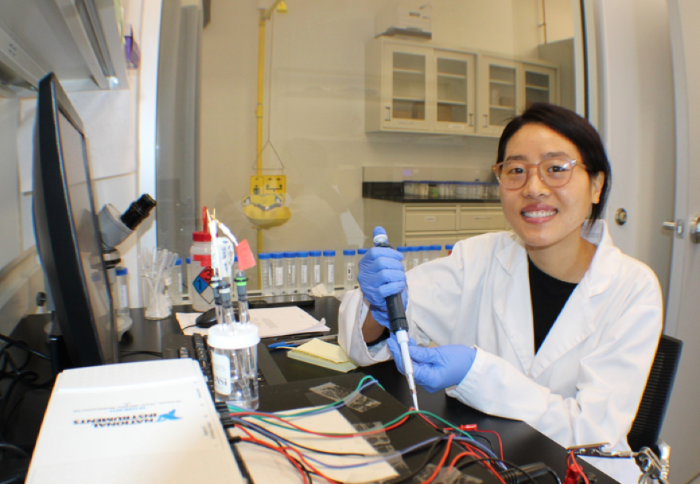
While industries normally use much bigger metres- around one inch long by five inches tall- to measure pH levels or how acidic or basic the food is, they are not suited for inclusion in every box of food to check its freshness in real-time.
"The pH sensors we designed act like a little wireless radio-frequency identifying device- similar to what you discover inside your luggage tag after it has been checked at airports," said the device's creator, Khengdauliu Chawang, a Ph.D. student at Southern Methodist University in Texas, US.
"Every time a food package with our gadget passes through a checkpoint, such as shipping logistics centres, harbours, gateways, or supermarket entrances, the data might be relayed back to a server recording their pH levels," Chawang said in a university release.
According to Chwang, such a design would enable continuous pH monitoring and accurate detection of freshness limitations along the entire route - from farms to consumers' homes.
According to the United Nations Food and Agricultural Organization, around 1.3 billion metric tonnes of food produced worldwide goes to waste each year. Chawang, who is originally from Nagaland, where the populace relies largely on agricultural crops, took a personal interest in developing the gadget. "In Nagaland, food waste implies malnourished children and extra fieldwork for the elderly to compensate for the loss," Chawang explained.
"The necessity to prevent food waste drove me to consider developing a device that is not expensive or time-consuming to design, is disposable, and can detect freshness levels," the researcher explained. Food waste not only contributes to food insecurity and lost earnings for food makers, but it is also harmful for the environment, according to the researcher. According to Chawang, the level of freshness in food is closely tied to pH levels.
Food with a pH level greater than the typical range, for example, suggests ruined food since fungus and bacteria thrive in high-pH conditions. Food deterioration can be indicated by sudden pH changes in food storage during production and shipping.
The concentration of hydrogen ions in a substance or solution is used to calculate the pH level. According to Chawang, the latest pH sensor has been successfully tested on food items such as fish, fruits, milk, and honey. The sensor is built of biocompatible materials and employs printing processes on flexible films.
"The entire procedure is similar to that of publishing newspapers. The procedure does not necessitate the use of expensive equipment or a semiconductor cleanroom environment. As a result,the expenses are minimal, and the sensor is disposable," said J. C. Chiao, an SMU professor who assisted in the device's creation.
Chawang received the Best Women-owned Company Pitch award from the Institute of Electrical and Electronics Engineers' (IEEE) Big Ideas competition at the 2022 IEEE Sensors Conference for her idea, according to the university.
















